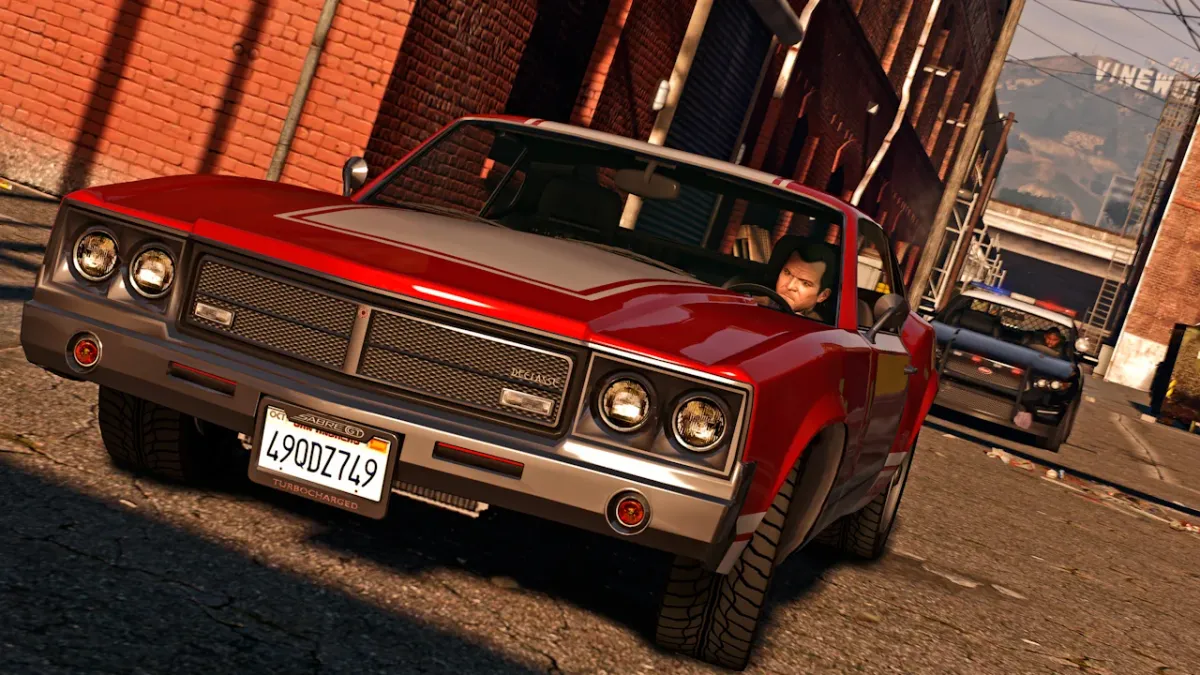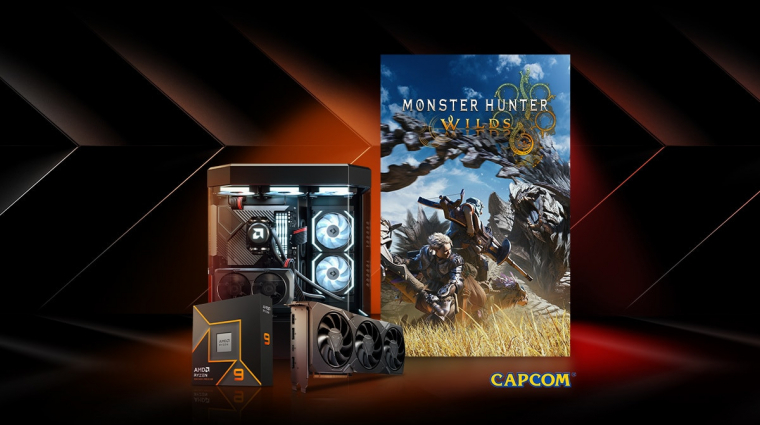When I heard that The Last of Us Part 2 Remastered would include a repeatable roguelike mode, my first reaction was “…huh?” But after playing in No Return mode for a few hours last week, my tone shifted to “Huh!” What could have been a novelty in this already excellent game’s journey to PlayStation 5 actually has surprising depth, with unique characters and costumes to unlock, interesting building paths to explore, and a whole host of ridiculous modifiers to change up its familiar battles. No Return isn’t going to put the best indie games in the genre out of business or anything, but so far it feels like little more than a remixed trip down killer memory lane.
The premise of No Return is simple: you choose a character with a unique starting loadout and make your way through a branching tree of random battles, earning resources to purchase items, upgrade your skills, and improve your weapons along the way. If you can complete five encounters, you’ll have a chance to beat the boss, but dying once ends the entire round like a true roguelike. This setting gives The Last of Us Part 2’s tense, precise stealth combat an excellent platform to shine and play with in new and innovative ways.
Each arena is pulled from a section of the base game, but the enemies you’ll face there and the objectives you have to complete are all different. The two types of encounters I was able to experience were called Assault and Hunted – the former pits you against waves of enemies from one of four different factions, whether they be WLF soldiers or ravenous infected, while the latter flips the script and asks you to survive. Against an endless onslaught of them for a certain period of time. Not only is it trying to get through these encounters, but doing so while gathering crafting supplies and masterfully using items to prepare you for future stages is a lot of fun.
The battles themselves can feel fairly similar within each mode, but there are a whole host of systems that aim to push you out of your combat comfort zone during them. For starters, the character you use, the weapons you own, and the skills you’ve unlocked can greatly impact how you play. One run as Abby, I unlocked an upgrade that helped me heal every time I took combat damage, allowing me to satisfyingly brute force through several fights and incentivizing me to invest in more close-combat techniques. Meanwhile, running with Ellie (the other character unlocked by default) allowed me to purchase a shotgun from the shop between encounters early on, which pushed me more toward taking longer shots. In contrast, Lev starts out with a crouch for concentration and leans towards stealth, while Yara actually does also He has Lev there to help with every task.
However, the one place where No Return left me a bit weak was in the length of its run. I liked that there were actual building paths to explore, each with a different flavor of gameplay to discover and customize your own playstyle for a particular run – but it also didn’t seem like there was enough time to allow these builds to really develop. With only five trips back to base before the boss, strategies need to come together quickly, so your journey is effectively over as soon as it does. This can make it easy to casually engage in a roguelike in an afternoon, but if this were a standalone roguelike, this encounter tree likely feels like the first of several in a row to allow more time to improve your build.
Fortunately, there are sub-objectives to chase that keep things fresh, whether it’s Loot Chests that appear in random places between waves in Assault, Gambits that give you extra resources for completing a certain mission mid-match, or Dead Drops that reward you with a random Blessing after a fight if You gave up a specific item as payment during it. However, the most enticing additions to the hunt are in the long list of challenges, which can unlock everything from new costumes to new characters, and even two new types of encounters. Challenges provide great rewards for your effort, as well as for using each character in specific ways, such as healing a certain amount in a single encounter using that melee ability on Abby.
But the messiest way No Return changes things up is in mods. These randomly assigned mods can provide certain encounters with positive boosts, such as increased speed when jumping on an object, or additional difficulty, such as increased enemy health. They can also get Wild, including making enemies completely invisible, or making them drop pipe bombs when they die. You’ll get more rewards for completing encounters with harder mods, so there are some fun risk-reward decisions as you plot your way to the boss.
No Return also offers a great amount of customization across all of these features. There are seven difficulty modes (including a customizable one), a daily run option, and even a custom play mode that lets you fine-tune the types of enemies, quests, mods, and more you’ll encounter. As an example of how to make things crazy, I ran a custom run that increased the limit to six at once, and some of the resulting encounters were crazy. At one random point I felt like I’d been transported to literal hell, as I slapped a neon red photo mode filter over everything, made it rain spore clouds, set enemies on fire with my melee attacks, and then caused them to drop bombs when they died. It was ridiculous.
This kind of funky arcade gameplay contrasts with the deadly serious campaign of The Last of Us 2, but it also provides a compelling way for its combat to flourish beyond those story-driven battles. It’s not a terribly deep roguelike, but it’s more complex than I expected going into it, which makes me excited to see how its other characters and encounter types can shake things up further. At the very least, it’s a great excuse for you to brutally strangle the lives of more unsuspecting soldiers after the credits roll.
Tom Marks is IGN’s senior commentary editor. He loves puzzles, platformers, puzzle platformers, and much more.












































